Epokale: A New Gewürtztraminer for the Ages
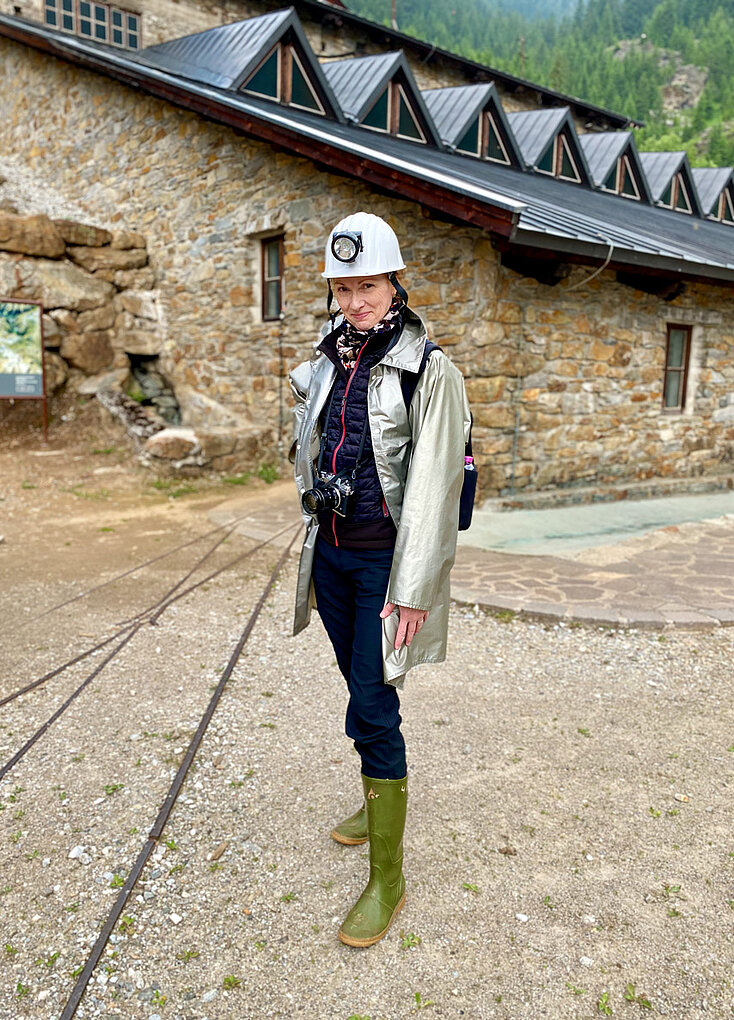
Digging deep with six vintages of the mine-aged iconic Gewürtztraminer Epokale from Cantina Tramin.

Digging deep with six vintages of the mine-aged iconic Gewürtztraminer Epokale from Cantina Tramin.
In addition to being an award-winning writer, artist and critic, Meg Maker occupies the artistic space at the intersection of nature and culture. She travels extensively to taste with producers, hear their stories, and see first-hand their motivations, to witness what links them to their land. Wine is food, but it's also a way into story. Meg is a Certified Specialist of Wine and member of the Circle of Wine Writers. Her writings have appeared in trade and lifestyle publications such as Pix, Art of Eating, Meininger’s Wine Business International, Serious Eats, Beverage Media, and in her own publication, Terroir Review. She lives in New Hampshire and is happiest when in the garden or the kitchen.
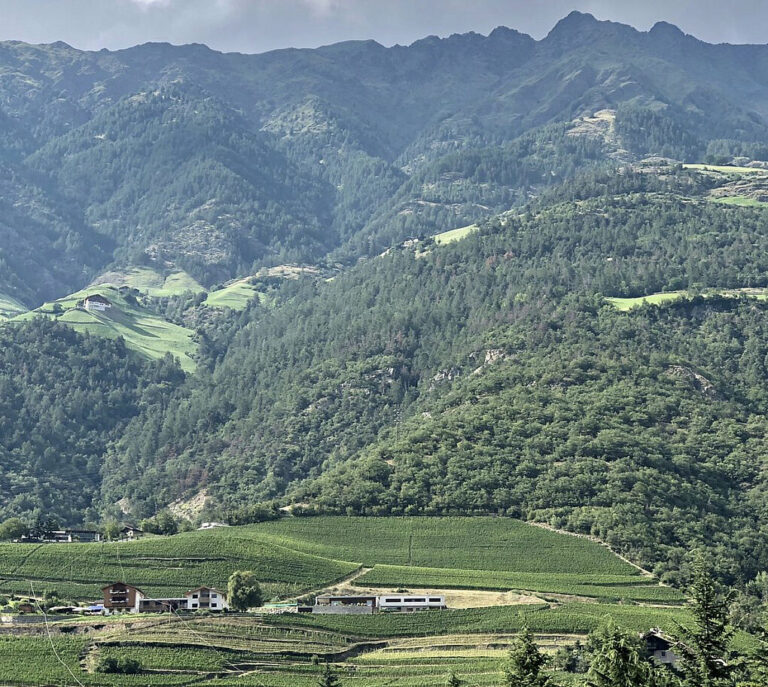
Trink Magazine | With forests, glaciers, and vineyards that soar above 1,300 elevation, the Vinschgau remains a bastion of true cool climate wines. By Valerie Kathawala
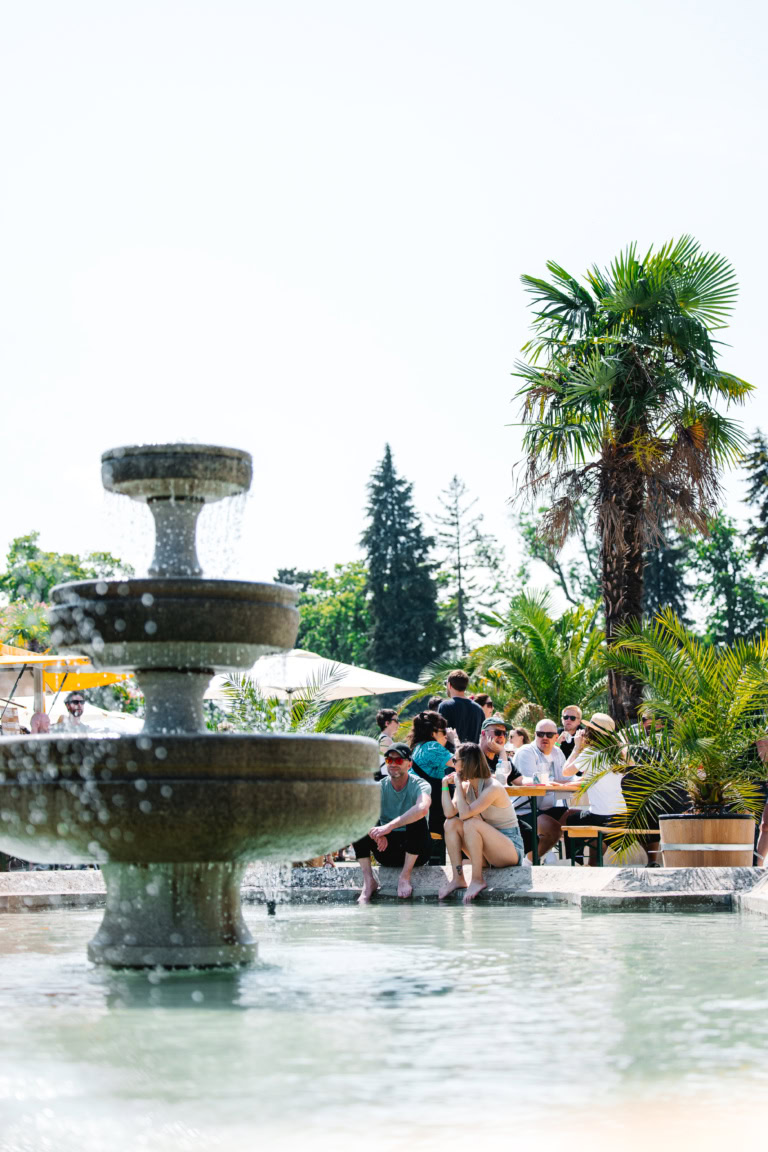
The festival where character meets connection over a glass of wine
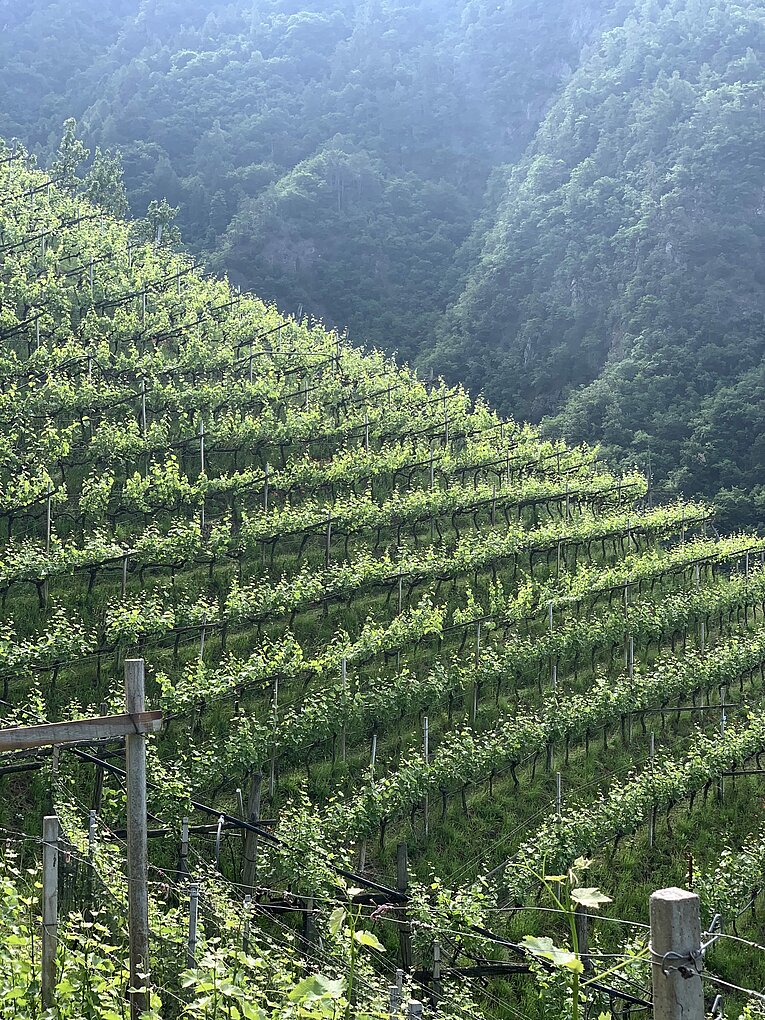
Trink Magazine | A highflying adventure in 4 vintages of Cantina Terlano's reknowned Vorberg wine. By Paula Redes Sidore
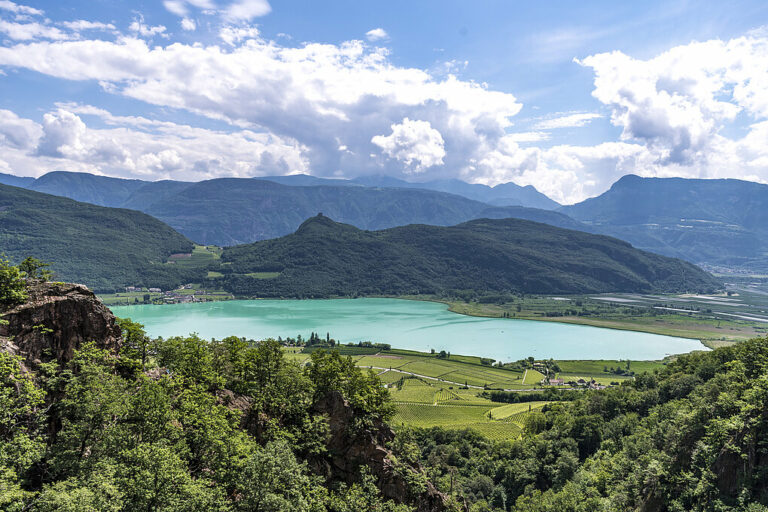
Kalterersee is Alto Adige-Südtirol’s oldest DOC zone, and the most fragrant and floral expression of Vernatsch in the region.
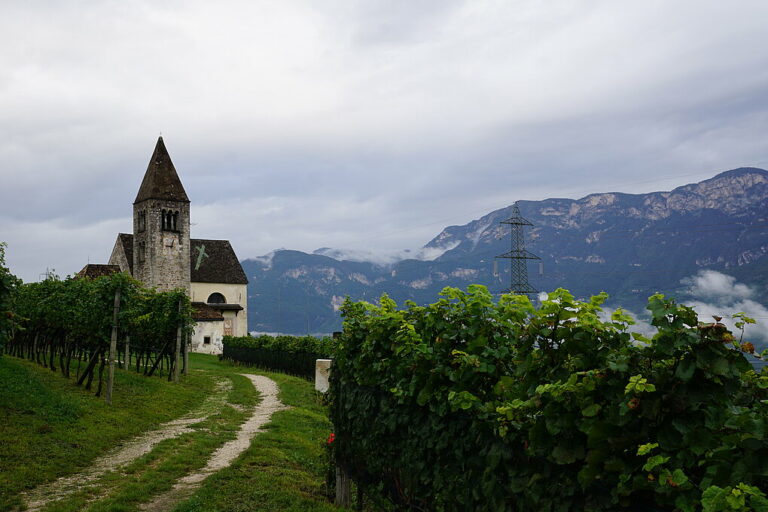
Südtirol-Alto Adige winegrowing has already exerted tremendous energy in re-inventing itself. But as has become ever clearer, that was only step one. The second is yet to come.
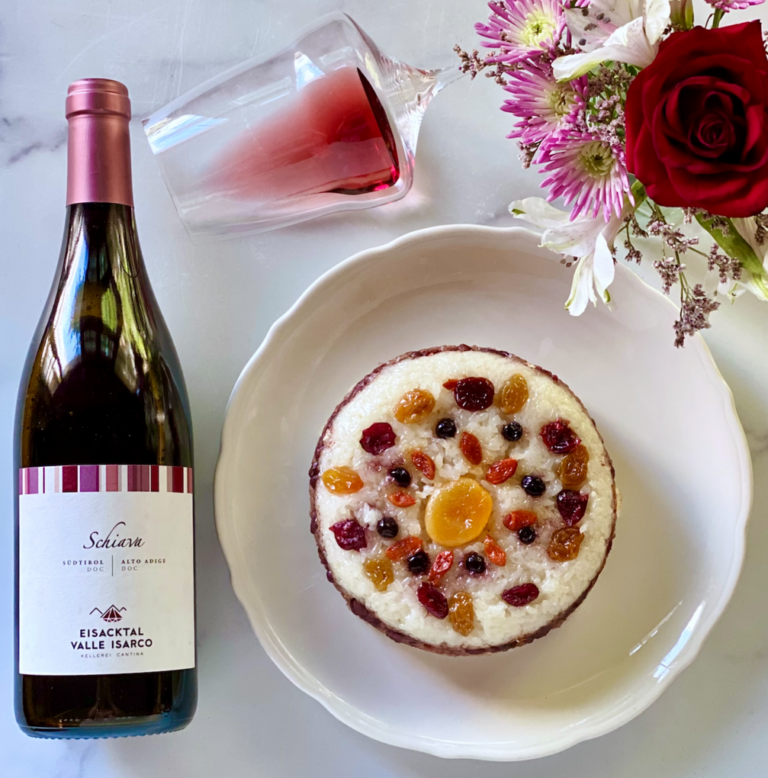
Lunar New Year (aka Spring Festival, or Guo Nian in Mandarin) is arguably the most important holiday for people of Chinese heritage — especially in Taiwan, where I grew up. It’s been my favorite since I was a kid. Now, living in Brooklyn, I recall that a few days before the New Year every household starts to “sweep the dust” to banish bad luck, erase unhelpful habits, and create positive new ones. On the day before New Year’s Eve (a holiday we call Little New Year’s Eve), we will take down the old Spring Festival couplets and replace them with fresh verses. On New…...
Enjoy unlimited access to TRINK! | Subscribe Today